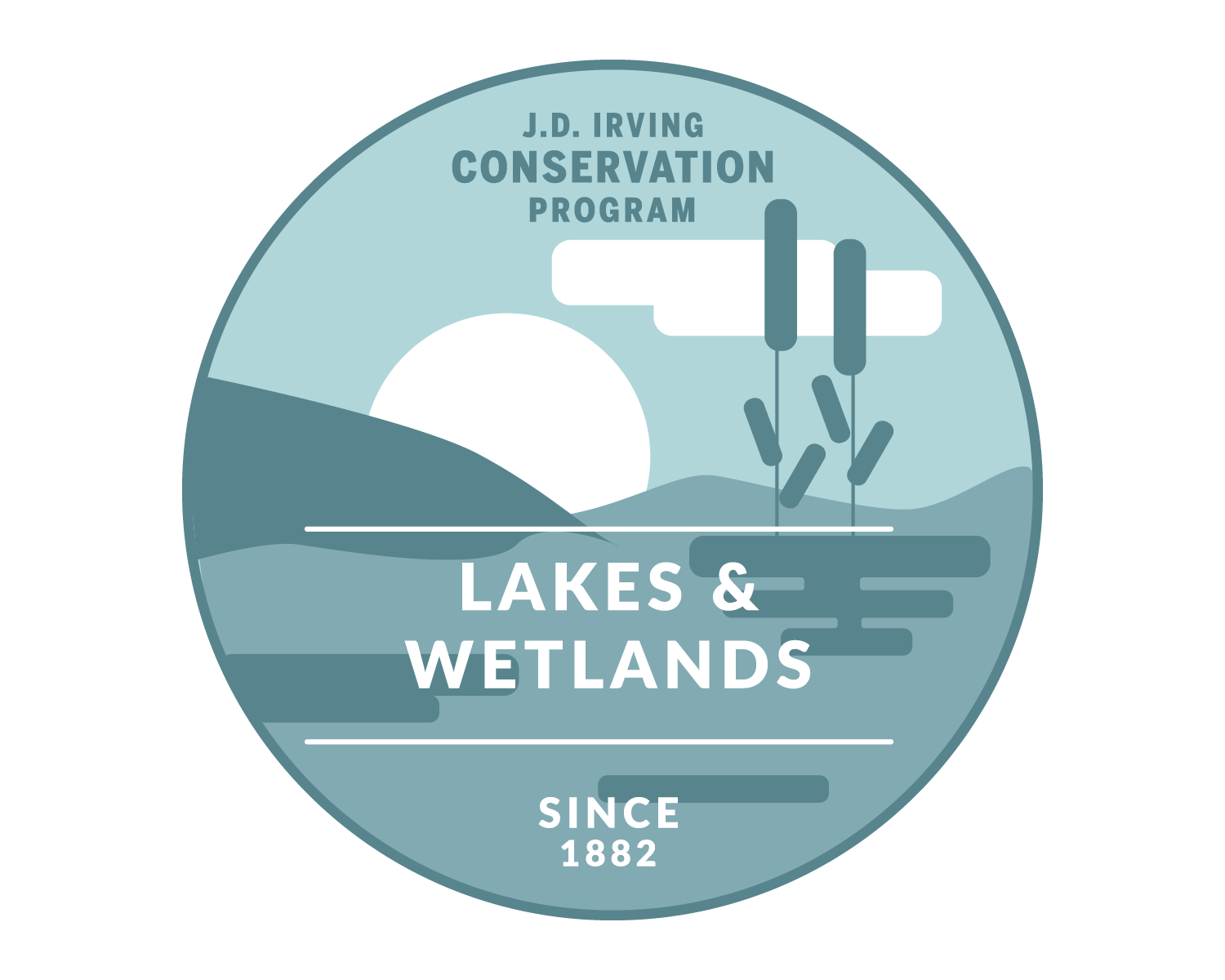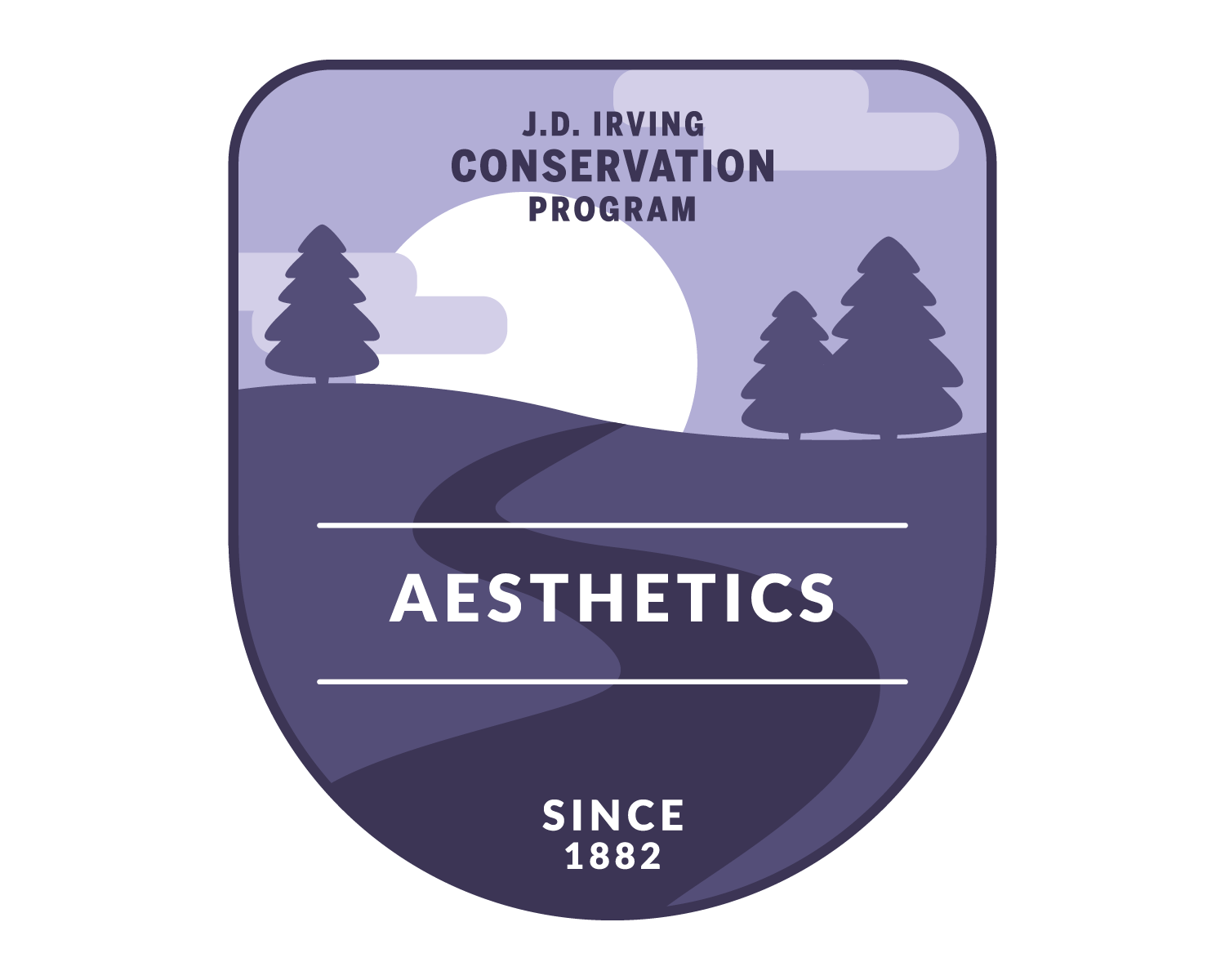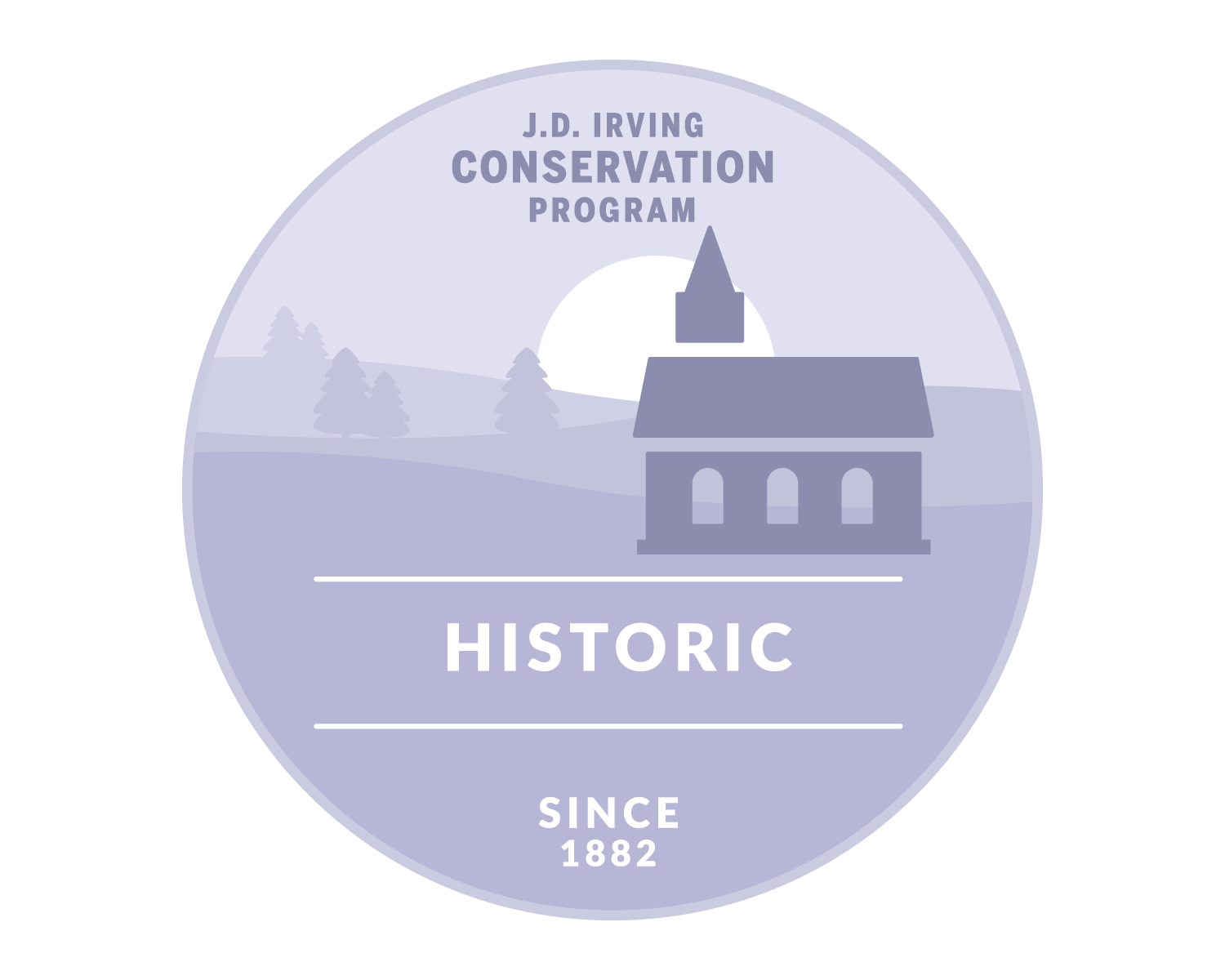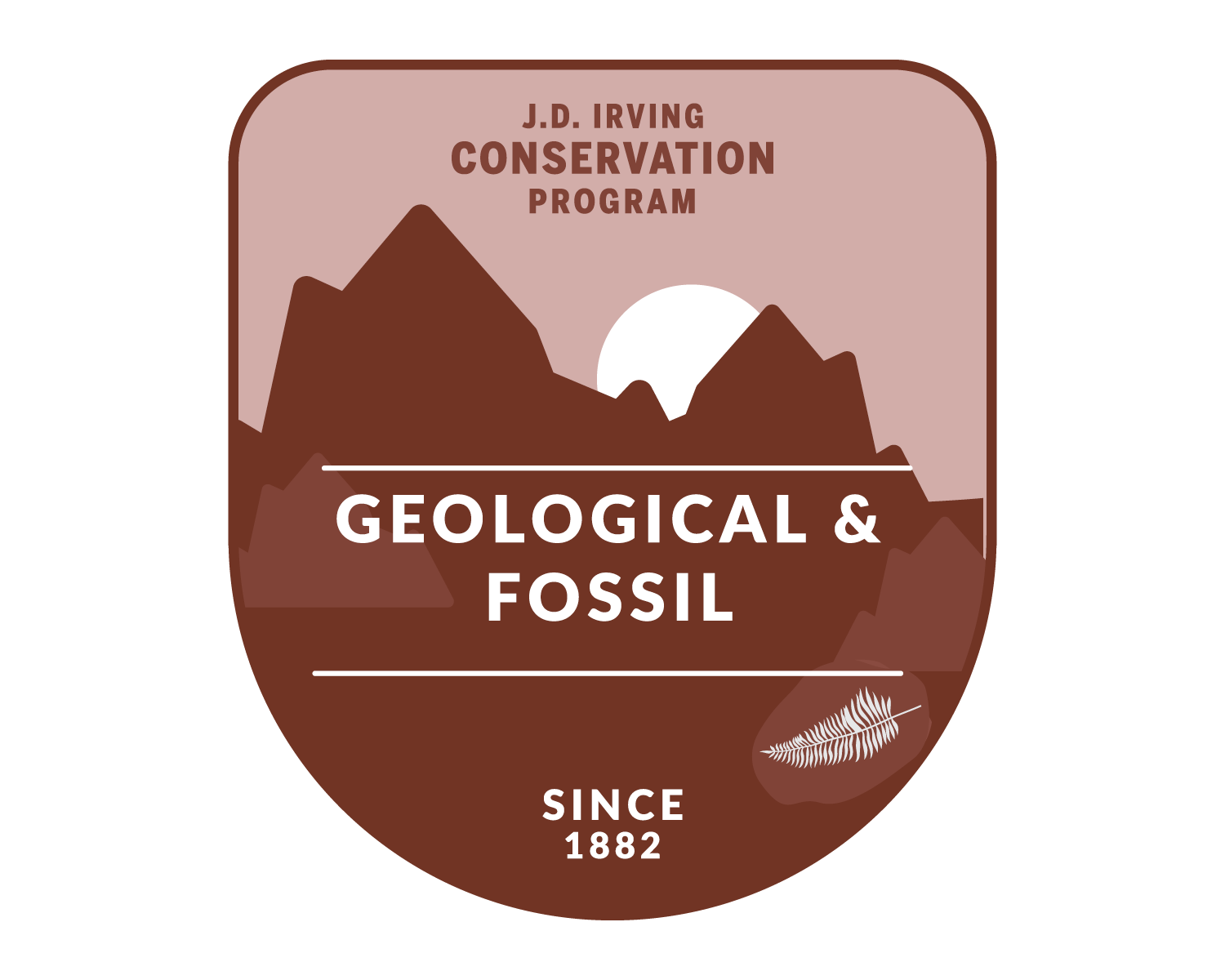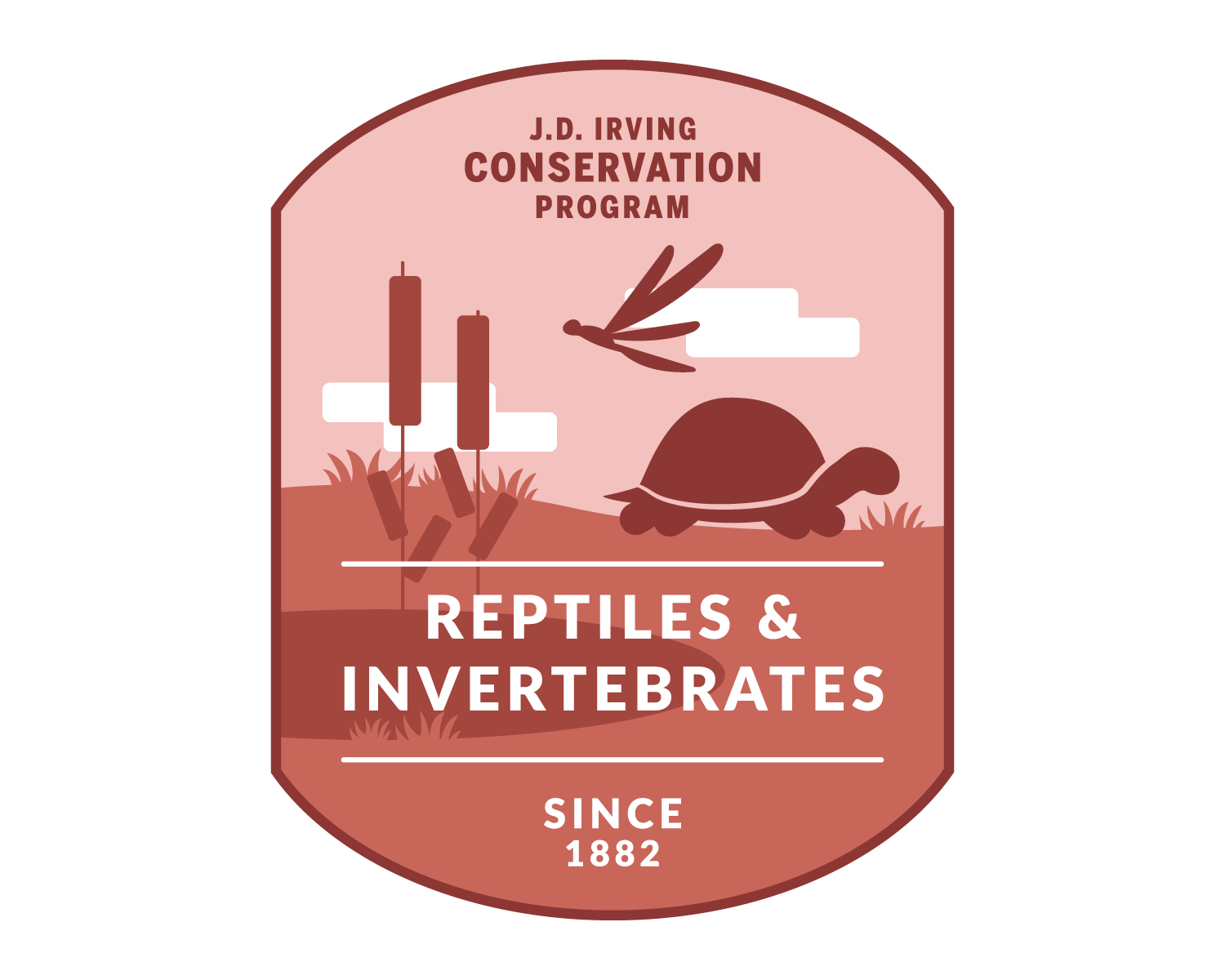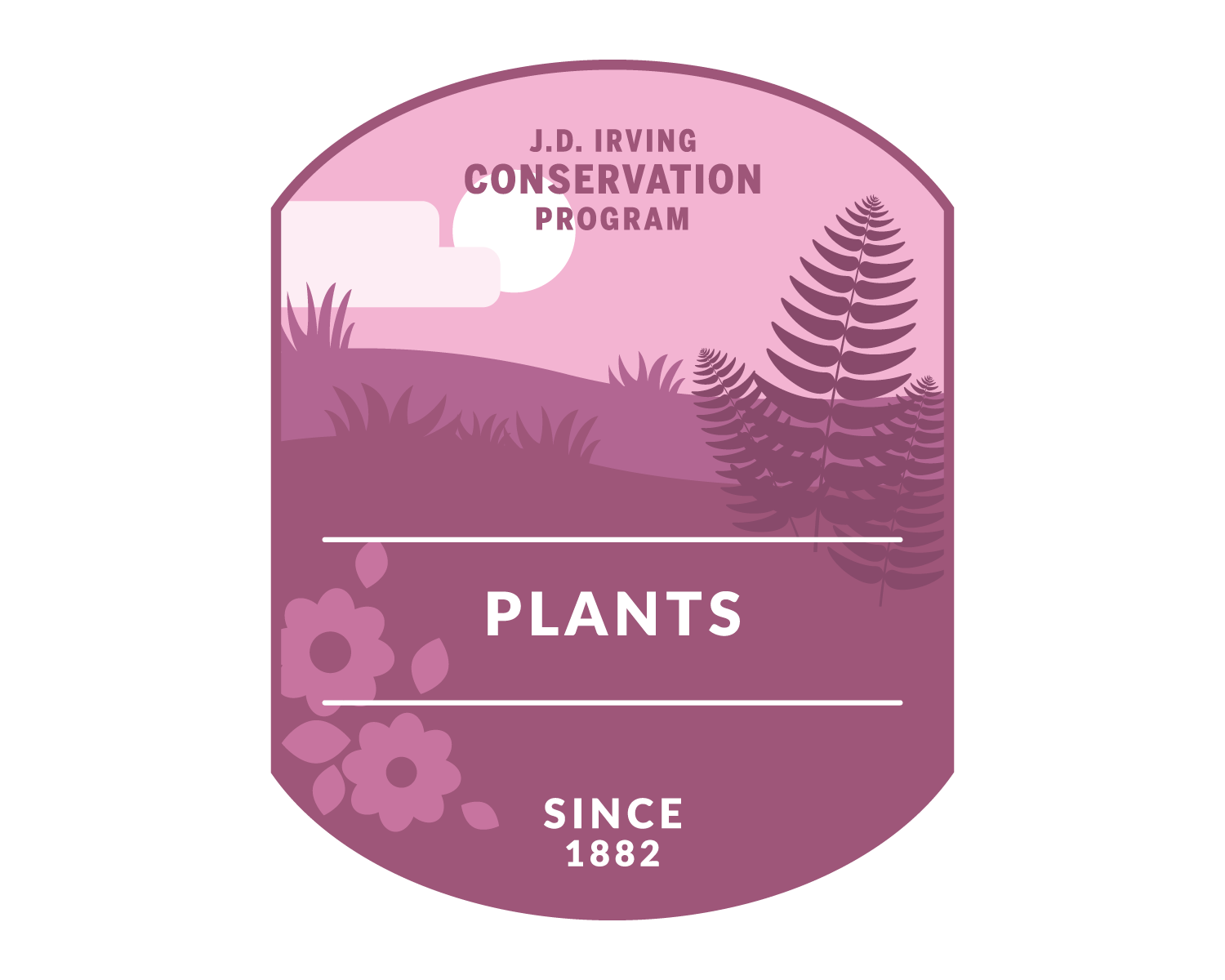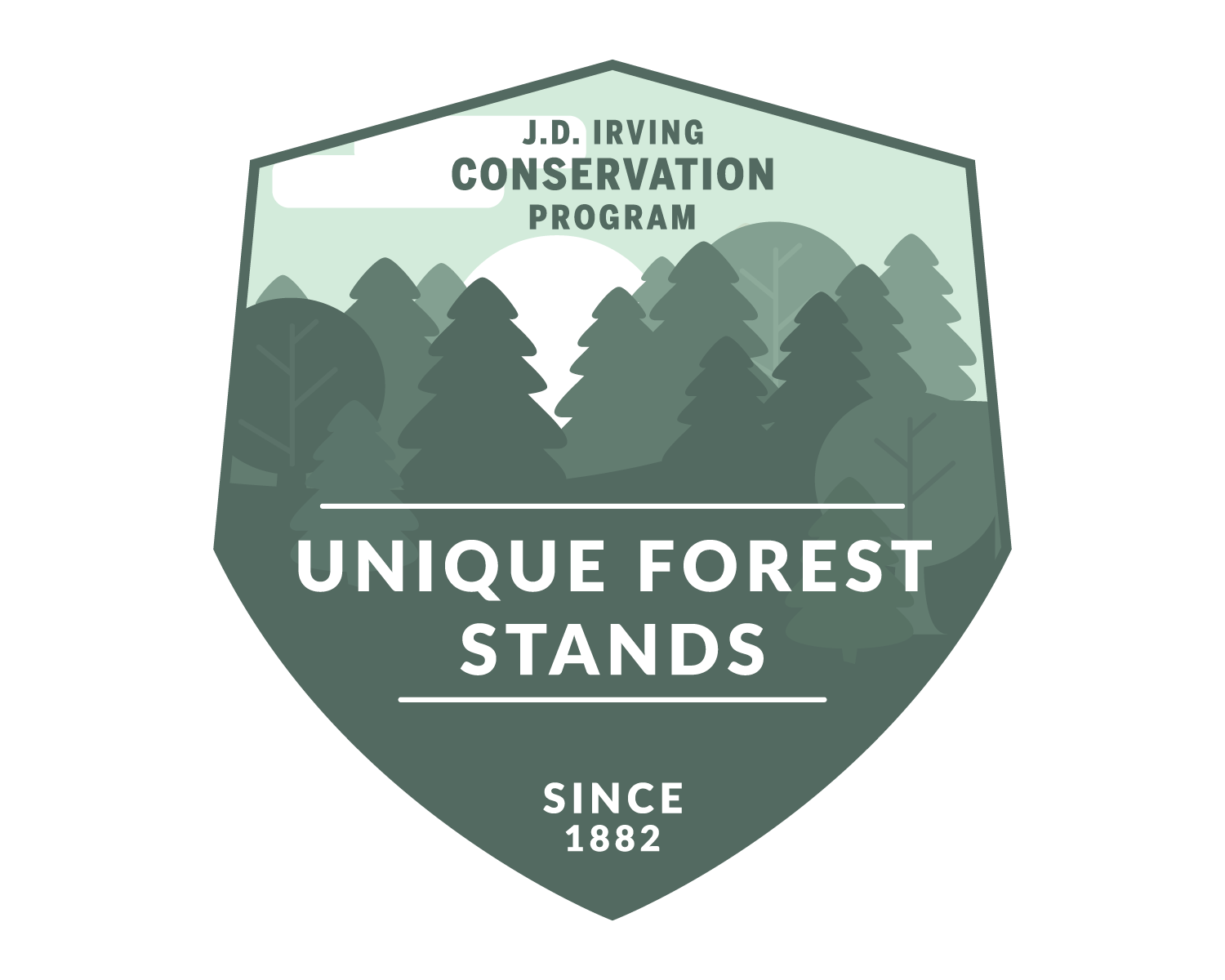BIRDS & MAMMALS
AT THE IRVING NATURE PARK
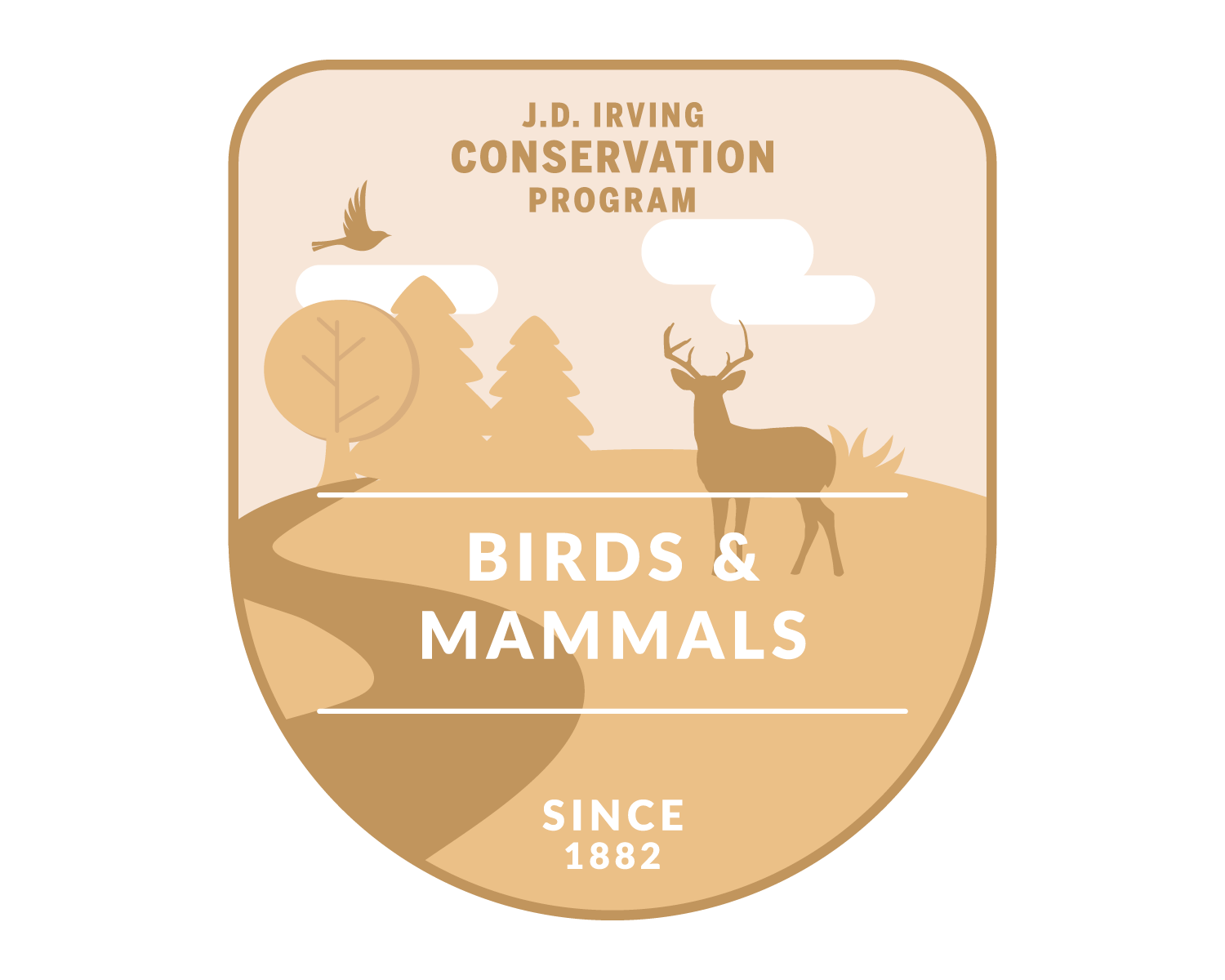
BIRDS & MAMMALS
The mudflat that you see before you (at low tide) holds a secret resource that draws small shorebirds from their nesting grounds in the arctic and sub-arctic to New Brunswick in the fall. It is no mystery to birds, such as Semi-palmated plovers, Least sandpipers and Semi-palmated sandpipers the birds. They know that they must drop into these mudflats after their 2-3 day non-stop flight from their northerly breeding grounds for rest and to fuel up for their 3-4 day non-stop flight to their wintering grounds in South America. In less than a week, they double their weight here by eating 10,000-13,000 corophium (mud shrimp) daily that lay just under the surface of the flats. Over 16,000 ha (39,353 ac) of bird habitat has been placed in Irving Woodlands Unique Areas program to protect and preserve these critical feeding areas and nesting sites.
A great variety of forest animals make the Irving Nature Park their home, as tree and plant species of the Acadian Forest found here make suitable habitats for these animals. Here, you will find red and grey squirrels, white-tailed deer, porcupines, red fox, snowshoe hare and one of the more elusive animals in the park, the pine marten! The forest ecosystem at the Irving Nature Park provides plenty of food resources (tree seeds, fungi, vegetation, flowers, insects, small rodents, the list goes on!) for these animals to survive and thrive in the park. It is important to not feed the wildlife in the park. Animals will become human habituated if hand fed, which can cause unnatural aggressive or demanding behaviours from these animals. Have peace of mind that the protected park can naturally support all of these forest animals!
